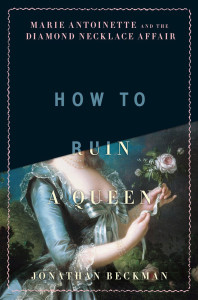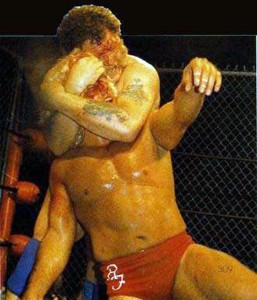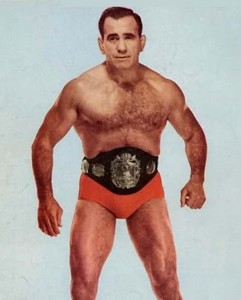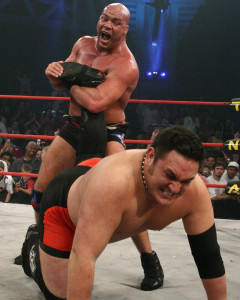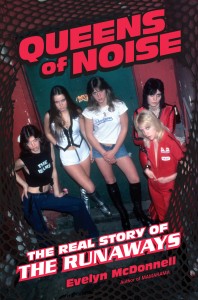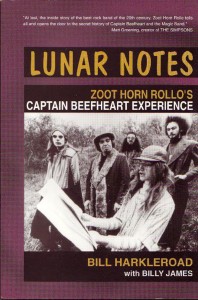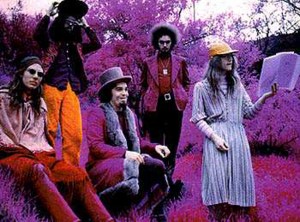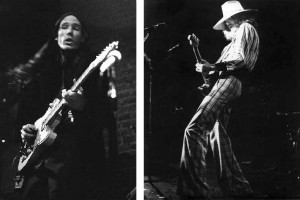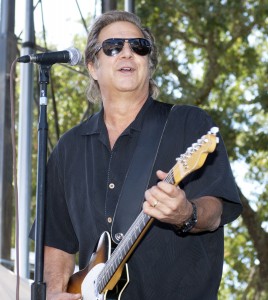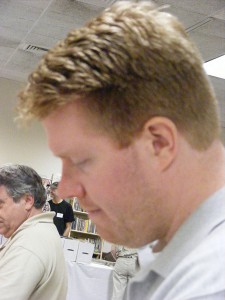(Henry Scott-Irvine; OMNIBUS PRESS; 308 pages; 2012)
For some odd reason, I never owned a Procol Harum album until I picked up a Canadian reissue of LIVE IN CONCERT WITH THE EDMONTON SYMPHONY ORCHESTRA sometime in the early 1980s. Don’t get me wrong… I had long been a fan of the band, having been introduced to “Conquistador” first, probably on AM radio and probably the version from the ESO show. A year or so later (September, 1973), they appeared as “hosts” on an episode of THE MIDNIGHT SPECIAL, performing “Conquistador,” “A Salty Dog,” “Grand Hotel” and, of course, “A Whiter Shade of Pale.” Anyway, I digress.

Scott-Irvine’s comprehensive view of the Procol Harum story begins where all good stories should begin… at the beginning. The author has shown enough foresight to quickly move past the whole “Gary Brooker (or Keith Reid, or BJ Wilson, or Robin Trower) was born in a small log cabin… ” kind of stuff and get right to the lads’ first dalliance with the demon, Rock and Roll. That dalliance occurred for Trower, Brooker and Wilson, who would become integral parts in the history of Procol Harum, in their hometown of Southend-On-Sea, as the Paramounts. As Gary Brooker became more serious about the business of making music, he began writing tunes and, as the tunes were in need of lyrics, he went in search of someone who could add their words to his music; he was eventually introduced to and paired with lyricist Keith Reid, forming one of the best-known and most potent songwriting teams of the late ’60s and early ’70s. In 1966, Gary and Keith, with the aid of influential music industry insider Guy Stevens, began working and demoing material as Procol Harum. After several stabs at the perfect sound and a committed group of musicians, Deram Records released the group’s first single in May, 1967. And, what a single it was! The group that recorded “A Whiter Shade of Pale” was Brooker (vocals and piano), Matthew Fisher (organ), Dave Knights (bass), Ray Royer (guitar) and Bill Eyden (drums); before the recording sessions were even over, Eyden had been replaced by Bobby Harrison (Harrison was told that the drum track he recorded would be used for the release and didn’t know otherwise until he heard the tune on the radio). Before the band started work on their second single, Harrison and Royer were replaced by ex-Paramounts, BJ Wilson and Robin Trower. This version of the band was to be the most fertile and best-remembered, though the line-up was in a seemingly continual state of flux.
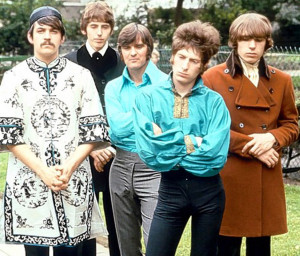
The author painstakingly documents each and every coming and going (and the occasional coming again) of every musician who ever appeared on stage or on a recording (released or not) as a member of Procol Harum. He also reviews each album and single, noting the differences in the UK and US versions (as well as releases from other countries), giving insight into what was happening within the band, with the producers and the record companies and the global reception of each release. Through extensive interviews with the primary members of the group (Brooker, Reid, Trower and Fisher), as well as other musicians who did time in the band and others within their circle (friends, family members, journalists, former producers and managers), Scott-Irvine is able to piece together a very compelling narrative of the ups and downs of a bunch of guys who just wanted to play music that people would enjoy listening and dancing to. Here in the States, those “ups” were limited to the singles, “A Whiter Shade of Pale,” and “Conquistador,” the albums A SALTY DOG and LIVE IN CONCERT WITH THE EDMONTON SYMPHONY ORCHESTRA and a string of concert successes through about 1976 or so; the “downs” were, well, just about everything else. On a more personal level, which many of us here weren’t privy to, the “downs” included Wilson’s increasingly erratic behavior due to alcohol and drug use, a mismanagement of funds (usually involving paying off former members and managers) and, eventually, a court case in which Matthew Fisher sued Brooker and Reid for a co-writing credit on “A Whiter Shade of Pale.”
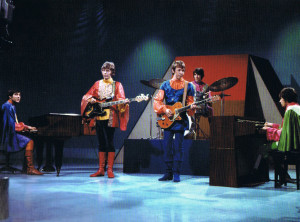
Scott-Irvine also delves into the solo and other work of the various players, focusing particular attention on Fisher and Brooker; oddly enough, I thoroughly enjoyed all of Brooker’s solo albums even though, as I mentioned, I didn’t own a single Procol record until the early ’80s. The various reincarnated versions of Procol Harum are discussed at length and we read in greater detail than was originally offered regarding the horrendous head injury Gary Brooker suffered on May 29, 2012 (his 67th birthday) and just how close we came to losing a true musical legend to a fluke accident. The book itself is a solid read from front to back, meticulously researched and annotated, with several appendices (including the appeals ruling of the House of Lords regarding the authorship of “A Whiter Shade of Pale”) and a comprehensive discography of Procol, Brooker, Wilson and Trower.

In short, THE GHOST OF A WHITER SHADE OF PALE should be in the library of every lover of ’60s and ’70s progressive rock music. Just don’t expect an answer to the one question that everybody is still asking some 47 years later: “Exactly what do the lyrics of ‘A Whiter Shade of Pale’ mean?” Even Gary and Keith, who both take halfhearted stabs at explaining them within the pages, can’t answer convincingly. But… maybe that’s part of what makes the song so great.





